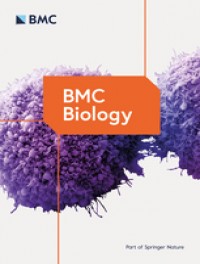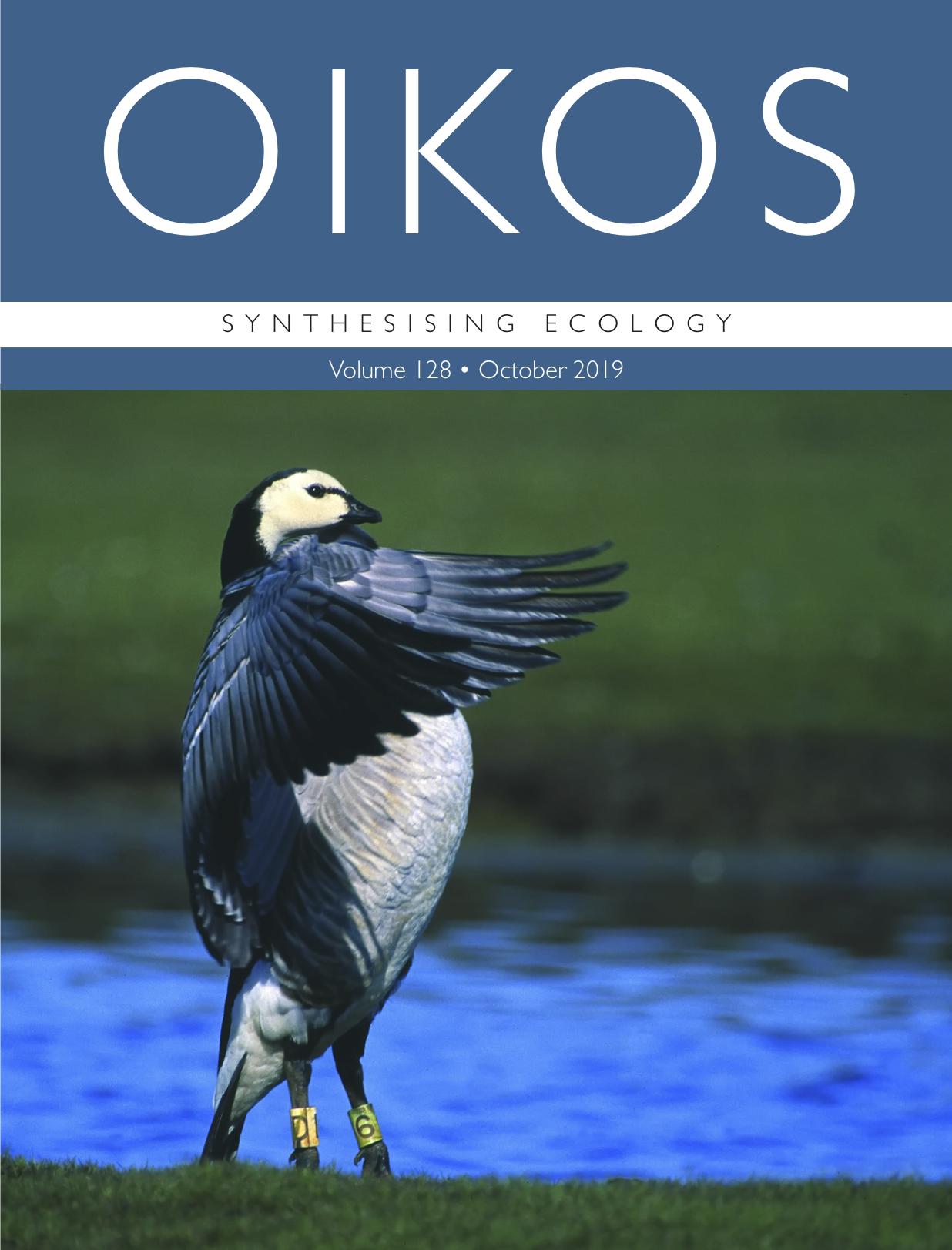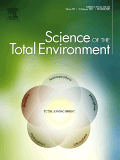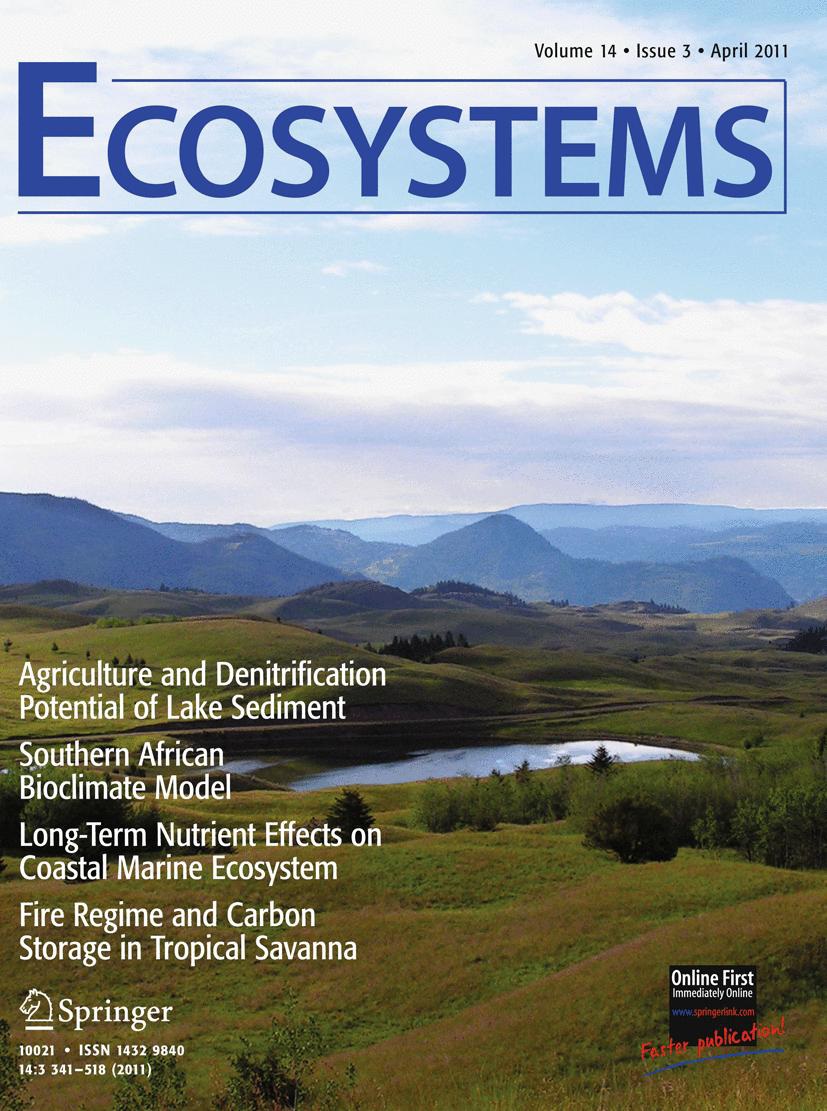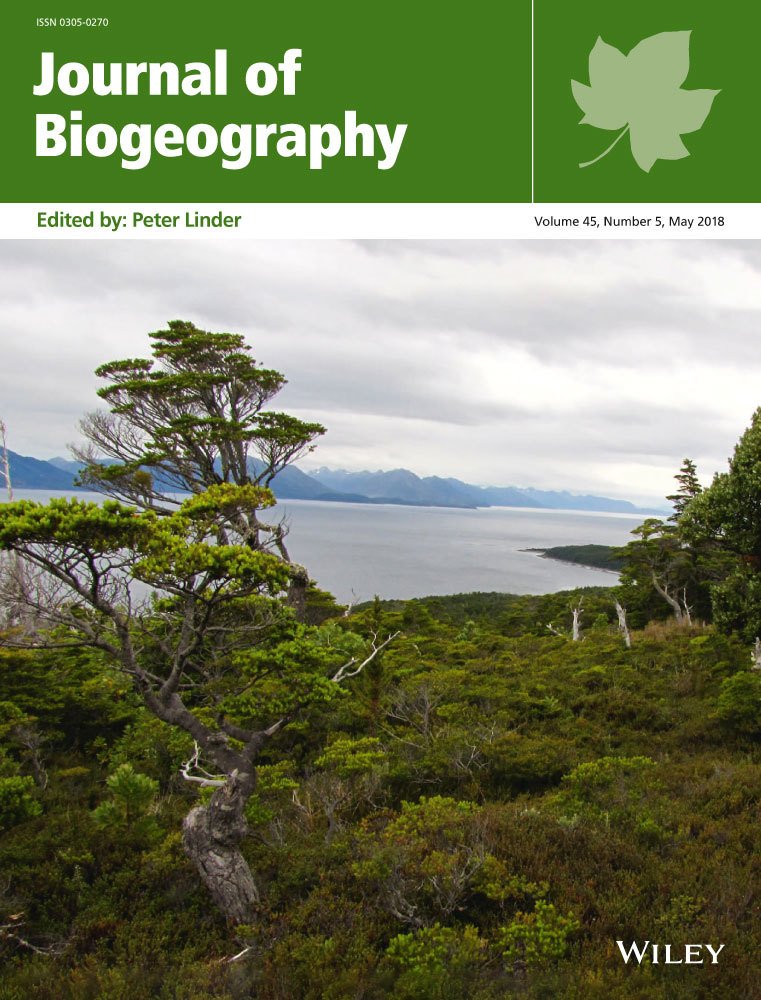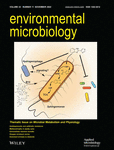- Topic:Biodiversity
The recovery of European freshwater biodiversity has come to a halt
The comprehensive study shows that between 1968 and 2010, biodiversity in river systems in 22 European countries initially recovered due to improved water quality. Since 2010, however, biodiversity has stagnated; many river systems have not fully recovered. The researchers therefore urgently recommend additional measures to further promote the recovery of biodiversity in inland waters.
Phytoplankton Producer Species and Transformation of Released Compounds over Time Define Bacterial Communities following Phytoplankton Dissolved Organic Matter Pulses
Bacterial responses to phytoplankton exudates (DOMp) may be caused by different DOMp compositions. Thereby, the bacterial community leads to a succession of DOMp from highly to less bioavailable, reflected by the temporal presence of specific bacterial phylotypes. The exploitation of species-specific highly bioavailable compounds, results in a more similar remaining DOMp.
Massive expansion of sex-specific SNPs, transposon-related elements, and neocentromere formation shape the young W-chromosome from the mosquitofish Gambusia affinis
The mosquitofish Gambusia affinis, globally introduced to fight mosquitos, is a threat for freshwater ecosystems and a model for sex chromosome evolution. Cyto-/genomics reveals a neocentromere to shield parts of its evolutionary young female sex chromosome (W) that actively differentiates by expansion of transcribed transposons, while major sequence divergence or gene decay are missing.
A synthesis of biological invasion hypotheses associated with the introduction–naturalisation–invasion continuum
Empirical studies show divergent impacts of alien populations on ecosystems which hinders the creation of a unified theory. The authors propose a synthesis that categorizes hypotheses along a timeline of invasion considering population, community and ecosystem levels. For any given case study, this framework provides a guide to choose the appropriate concepts according to the stage of invasion.
A database of freshwater macroinvertebrate occurrence records across Cuba
the researchers have set up a database with geo-referenced occurrence records of four groups of freshwater invertebrate taxa across Cuba. Detailed knowledge of the spatial distribution of freshwater species is an important basis for monitoring changes in aquatic ecosystems.
The Asymmetric Response Concept explains ecological consequences of multiple stressor exposure and release
Multiple stressors can affect species indirectly through either abiotic variables or impacts on non-target species. Stress tolerance is the key determinant of responses to increasing stress intensity. Dispersal and biotic interactions are the two key mechanisms governing responses to the release from stressors.
Trophic Transfer Efficiency in Lakes
The authors explored how spatial and temporal variability of lake food webs and their links to the terrestrial environment affect trophic transfer efficiency (TTE). They suggest that TTE can be estimated as mechanistic expression of energy flow between consumer and producer pairs, or as ecosystem efficiency comparing total sums of heterotrophic production rates with fixation rates of carbon.
The importance of seawater tolerance and native status in mediating the distribution of inland fishes
The objective of this study was to understand the role of environmental variables explaining the distribution of three major eco-evolutionary groups of inland fishes. Despite marked differences in the distribution patterns of native and alien species, evolutionary and introduction histories as well as seawater tolerance are central factors explaining the current distribution of inland fishes.
Urban biotic homogenization: approaches and knowledge gaps
The authors mapped and analyzed the literature on the hypothesis of urban biotic homogenization. They identified 225 studies addressing the hypothesis. Half of them investigated homogenization across cities, the other half investigating homogenization within cities. There are strong research biases and thus knowledge gaps in the literature and about 55% of the studies supported the hypothesis.
Perchlorate-specific proteomic stress responses of Debaryomyces hansenii could enable microbial survival in Martian brines
No life has yet been found on Mars, but it is exciting to explore under what circumstances it might be possible. The authors have studied the cellular processes that regulate the adaptation of microorganisms to perchlorates. If microorganisms could genetically adapt their stress response to this salt, their survival on the red planet might be possible.




